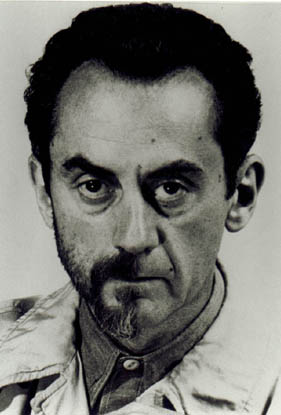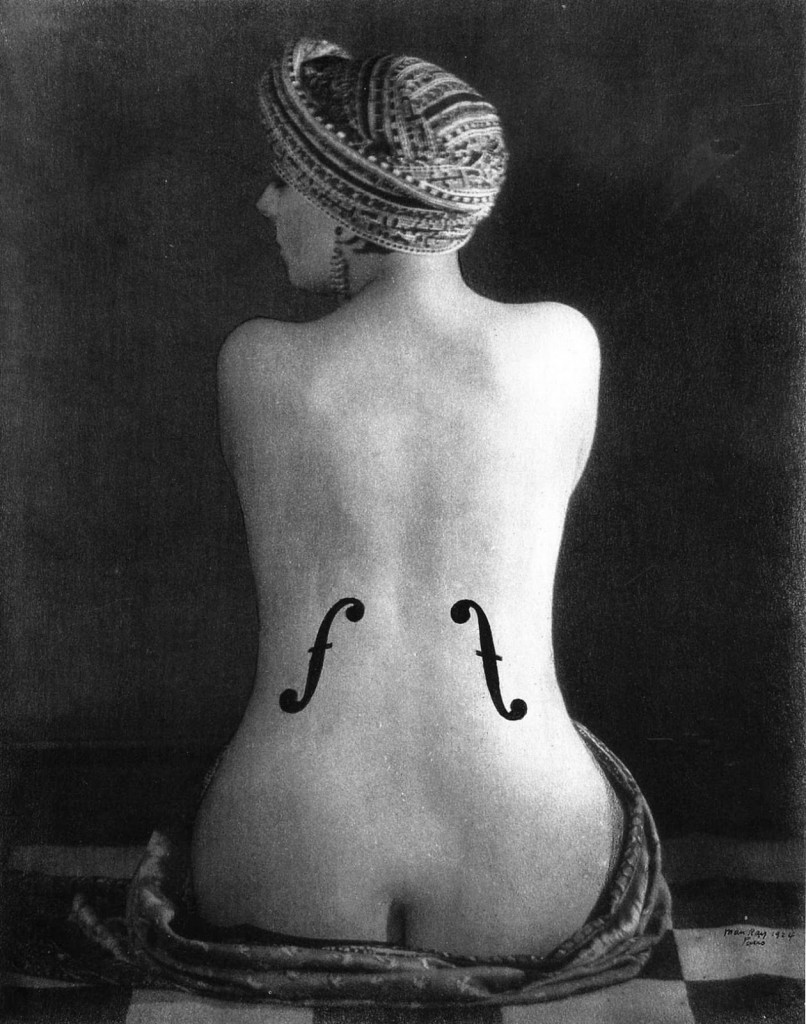 “To create is divine, to produce is human.”
“To create is divine, to produce is human.”
Man ray told these words once which clearly reflect his disposition about art. And this longing to ‘create’ instead of ‘produce’ (or imitate) pulled his mind into his own dreams and fantasies and to the new ways which became his sources of inspiration for his art-pieces. He was reluctant to imitate or go after another artists’ art. Instead, his own insight of things and subject were being reflected through his works.
Born on 27th August, 1890, with name of Emmanuel Radnitzky was an American modernist. He changed his name to Man Ray (short version of his original names) due to the ethnic discrimination. His brother decided to choose the surname Ray for the family, while he himself shortened his name to Man and started to call himself Man Ray as a whole name.
As unique as his name, his path of career was also unique in his family. His father was employed in a garment factory and also owned a little tailoring business. He wanted his son to join the family business. He even rejected the scholarship offer to become an architect and went after his interest in paintings and drawings. He was good at architectural drawing from the start.
Instead, to widen his painting ability he visited local museums and studied the works of the “Old Masters”. Thus, increasing his knowledge of the field he got his first ever solo show for his paintings in 1915.
And then, the agony, terror, horror and upheaval of World War I changed the orientations of the contemporary artists to a level at which a new art-form called Dadaism aroused among the artists. Dadaism is said to born out of negative reaction to the horrors of the World War I.
Maybe Man Ray went the flow of the Dadaism as he almost left his conventional paintings to get along with Dadaism. Dadaism encourages to not to have logic or reason behind an art piece necessarily. Maybe he was more comfortable with Dadaism. During his acceptance of Dadaism, he befriended with Marcel Duchamp and they stayed lifelong friends then after. They made many artistic works together. Man Ray helped Marcel Dechamp in making some of his art-pieces called “Readymades” – the most minimalist art form of the time.
The Leap and “Rayographs”
As Dadaism set him free from the conventional art tactics, he began to use every new type of technique to produce his work. For instance, use of spray instead of brush, glass instead of canvas, etc.
Though the leap from one art form to another happened in 1929 when he met Lee Miller, a surrealist photographer and had a love affair with. Though, Alfred Stieglitz is said to be his main source of inspiration for photography. Then after for next 20 years, he was known as an established photographer which overshadowed his name as a painter to some extent. About his photography he stated: “I do not photograph nature. I photograph my visions.”
Though, he turned out to be very good at photography too as he once got a chance to photograph a known writer who was at his deathbed. His most known photograph is Violin d’Ingres (image on left) – title resembling an old times artist, Ingres.
It’s a photograph representing a girl as a guitar. The girl in the photograph was Kiki de Montparnasse one of his girl-friend, with whom he stayed for a long time. His many pictures and a movie include Kiki as a main subject.
During his photography period, a new technique of taking photographs was invented by him. Taking photos without a camera, in a darkroom, directly on the light-sensitive photographic paper. Man Ray called it Rayographs after his own surname. It is also called as Photograms.
On asking how he defines his arts of painting and photography and how he chooses what to picture and what to paint, he answered effectively:
“I paint what cannot be photographed, that which comes from the imagination or from dreams, or from an unconscious drive. I photograph the things that I do not wish to paint, the things which already have an existence.”
Cinéma Pur
Cinema Pur (Pure Cinema) was another artistic movement among the filmmakers in which Man Ray was actively involved as he also turned out to be a film-director over the time. He directed many short films on which some are: Le Retour a la Rainson (1923), Emak-Bakira (1926), Les Mysteres du Chateau de De (1929), etc. He even appeared in one of the film Entr’acte (1924) by Rene Clair.
Man Ray’s journey in cinema was almost like a hobby as there was no major movie which could be considered as an important feat in the film-industry.
In later life, he came back to America and published his autobiography with the title Self Portrait.
He died on November 18, 1976. His epitaph reads:
“Unconcerned, but not indifferent.”



